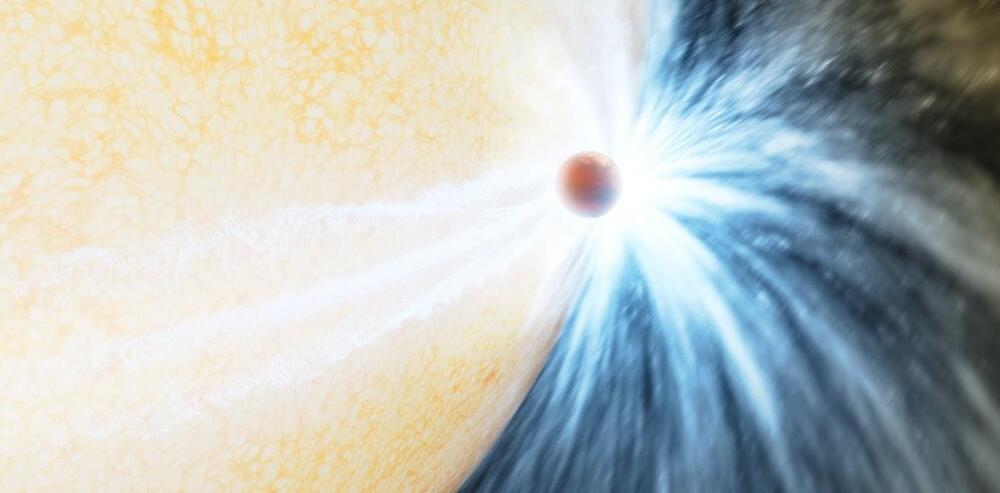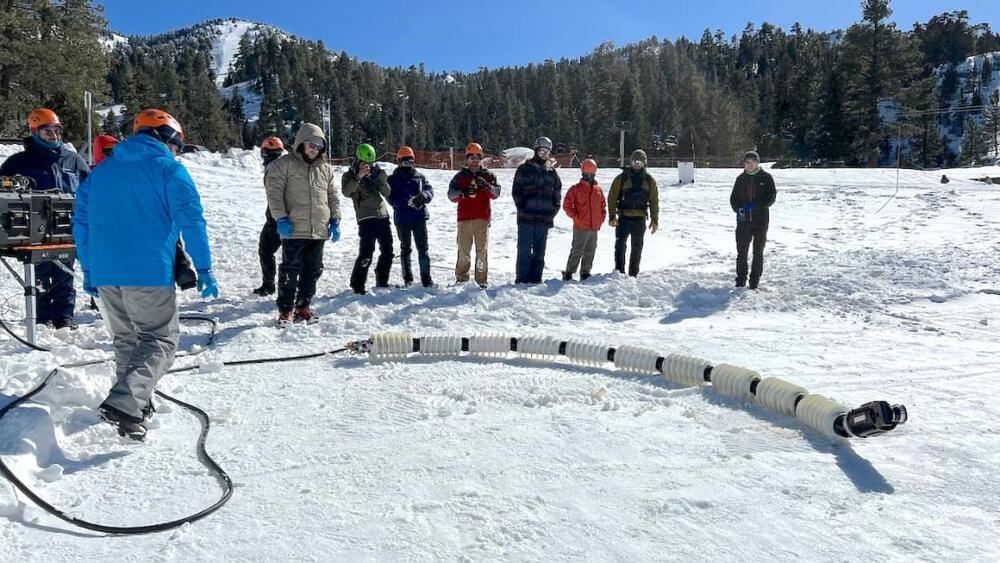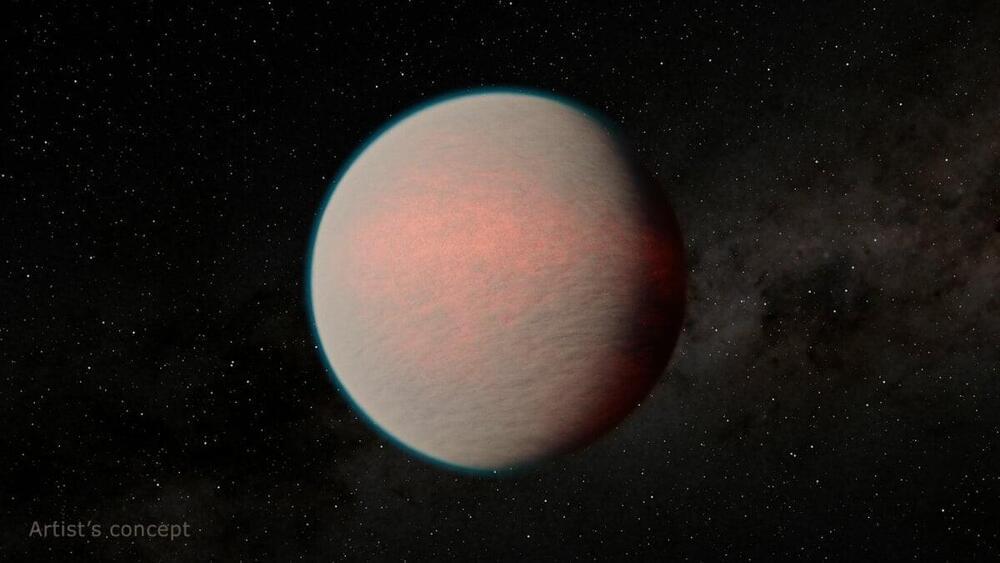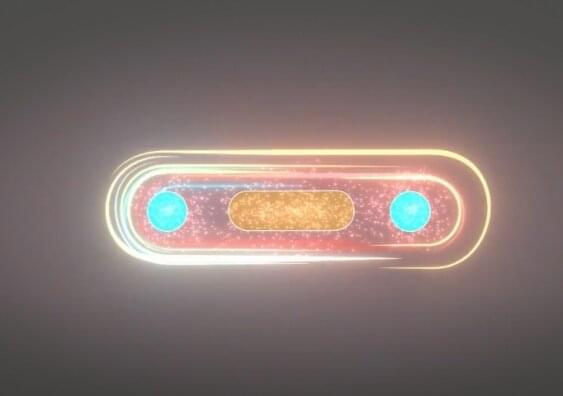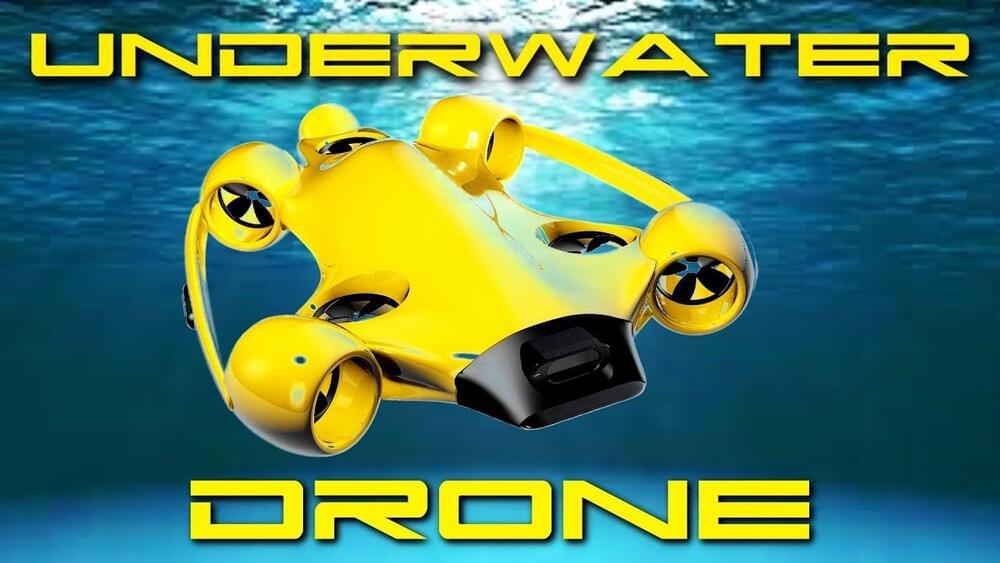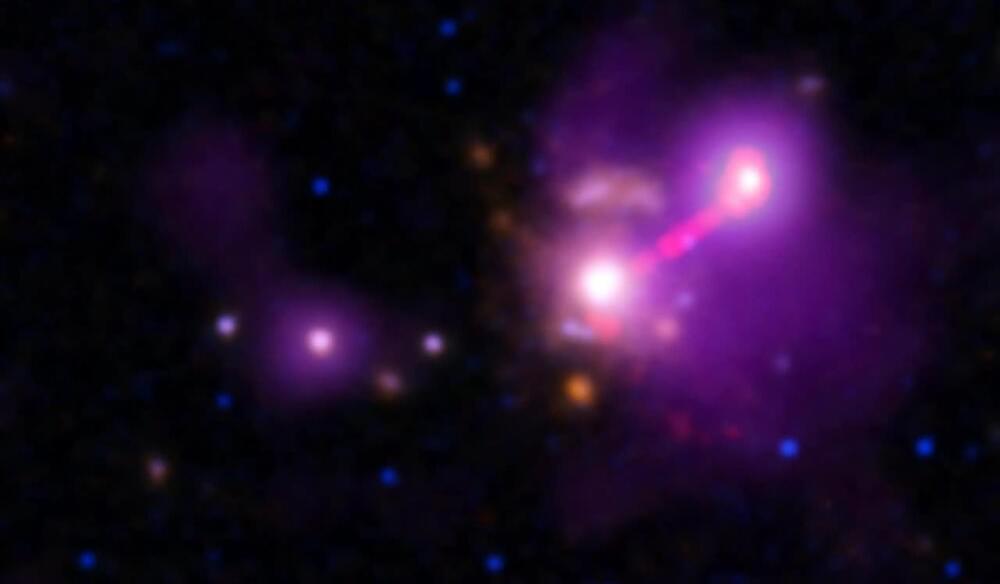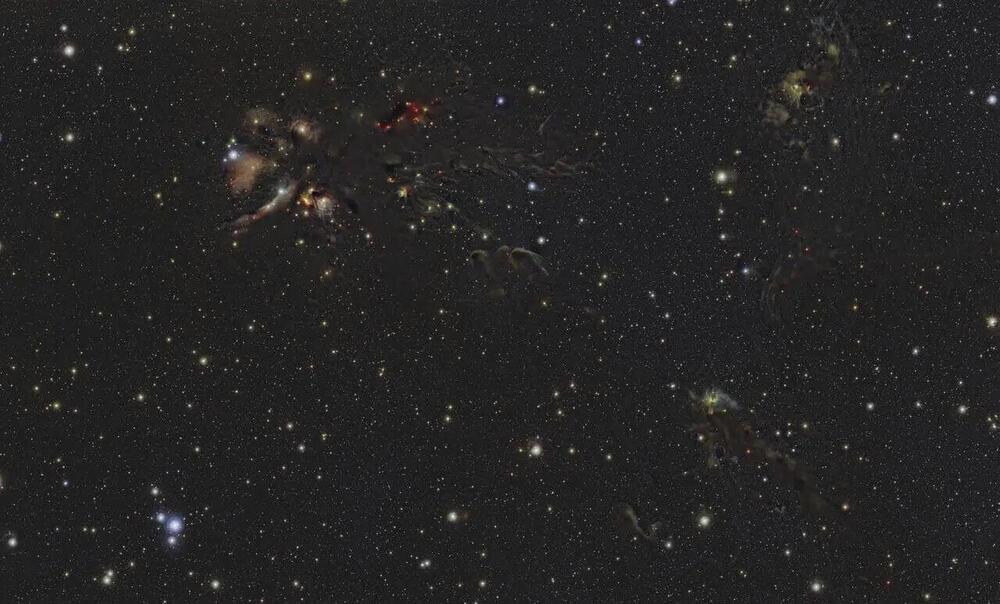May 14, 2023
Astronomers just saw a star eat a planet—an astrophysicist on the team explains the first-of-its-kind discovery
Posted by Shubham Ghosh Roy in categories: computing, space
For the first time, astronomers have captured images that show a star consuming one of its planets. The star, named ZTF SLRN-2020, is located in the Milky Way galaxy, in the constellation Aquila. As the star swallowed its planet, the star brightened to 100 times its normal level, allowing the 26-person team of astronomers I worked with to detect this event as it happened.
I am a theoretical astrophysicist, and I developed the computer models that our team uses to interpret the data we collect from telescopes. Although we only see the effects on the star, not the planet directly, our team is confident that the event we witnessed was a star swallowing its planet. Witnessing such an event for the first time has confirmed the long-standing assumption that stars swallow their planets and has illuminated how this fascinating process plays out.
